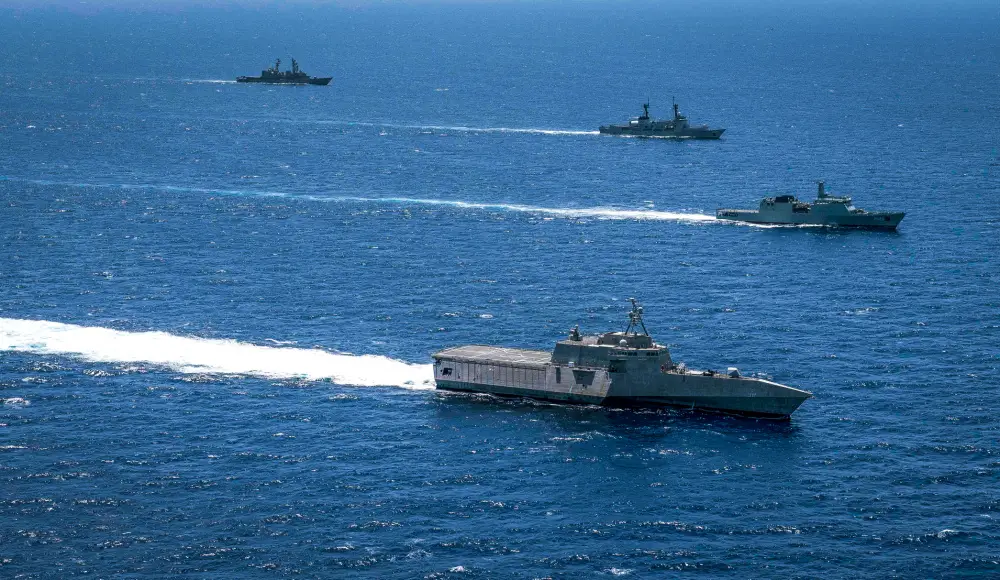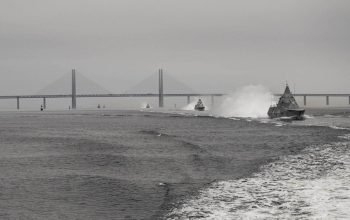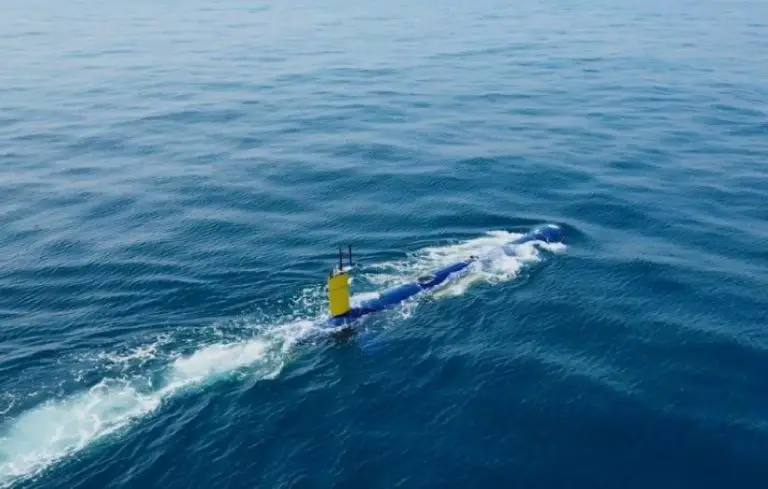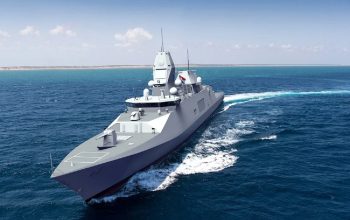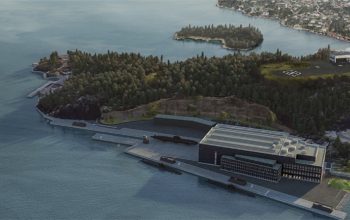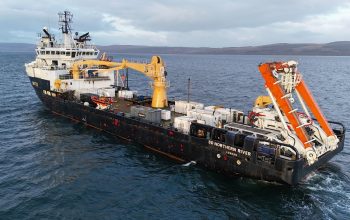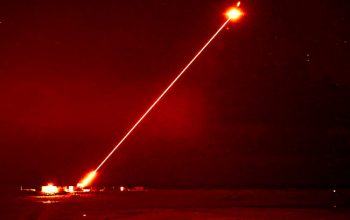The U.S. Navy, Sri Lanka Navy and Air Force, and Japan Maritime Self Defense Force (JMSDF) concluded week-long training during Cooperation Afloat Readiness and Training (CARAT) exercise, June 30. CARAT Sri Lanka, the first CARAT event to be held in 2021, concluded after two days of subject matter expert exchanges (SMEE) and five days at sea where representatives from representative from U.S. Navy and the militaries of Sri Lanka and Japan worked together to strengthen their relationships.
The at-sea phase took place in territorial and international water near Trincomalee, Sri Lanka, where USS Charleston (LCS 18) and a P-8A Poseidon aircraft, assigned to Commander, Task Force (CTF) 72, partnered with ships and aircraft from Sri Lanka and Japan for training. The exercise focused on building interoperability and strengthening relationships through a variety of maritime events and subject matter expert exchanges. Charleston operated with Sri Lanka Navy’s Advanced Offshore Patrol Vessels SLNS Gajabahu (P-626) and SLNS Sayurala (P-623), and JMSDF Asagiri-class destroyer JS Yuugiri (DD-153).
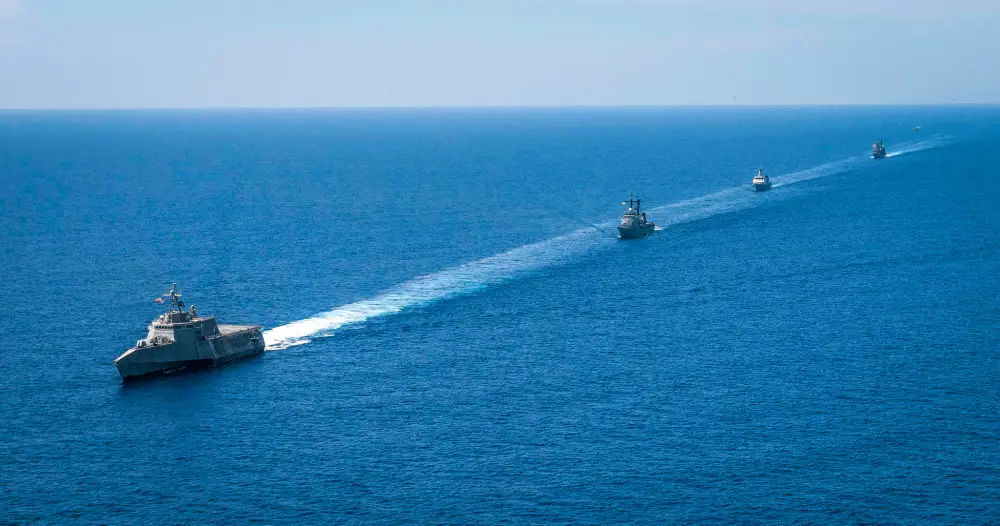
The countries demonstrated their ability to work together through numerous events including divisional tactics designed to enhance communication as ships sail together in complex maneuvers; a tracking exercise aimed at increasing both navies’ ability to track and pursue targets through the coordinated deployment of surface ships and maritime patrol aircrafts; helicopter deck landing qualifications (DLQs) and vertical replenishment (VERTREP) drills; and search and rescue exercises. The virtual SMEE events featured a variety of joint training opportunities, to include vessel interdiction and boarding training.
Non-military participants included members from United Nations Office of Drugs and Crime (UNODC) and the EU Critical Maritime Route Wider Indian Ocean (CRIMARIO). UNODC brought experience and expertise in vessel interdiction and boarding against vessels of interest conducting maritime security threats like drug and human trafficking. EU CRIMARIO enhanced comprehensive understanding of the maritime domain and to promote its security and safety for countries in the region, aimed to improve maritime security and safety in the wider Indian Ocean. U.S. assets that participated in CARAT Sri Lanka included staff from CTF 72, CTF 73, CTF 75, CTF 76, DESRON 7, the U.S. 7th Fleet Band, and a P-8A Poseidon aircraft.
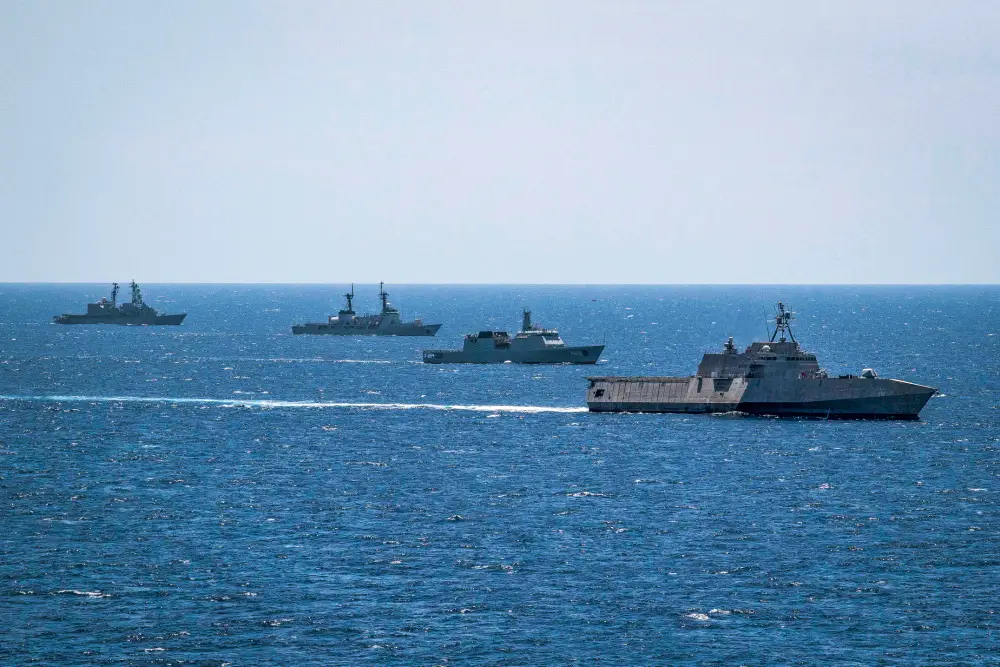
Taking place throughout South and Southeast Asia, CARAT expands bilateral and multilateral exercises; ensures maritime security, stability, and prosperity, and highlights the United States’ commitment to the region, the sovereignty of nations therein, and to a free and open Indo-Pacific. Charleston, attached to DESRON 7, is on a rotational deployment to the U.S. 7th Fleet area of operations in support of security and stability in the region, and to work alongside allied and partner navies to provide maritime security and stability, key pillars of a free and open Indo-Pacific.
As the U.S. Navy’s destroyer squadron forward-deployed in Southeast Asia, DESRON 7 serves as the primary tactical and operational commander of littoral combat ships rotationally deployed to Singapore, Expeditionary Strike Group 7’s Sea Combat Commander, and builds partnerships through training exercises and military-to-military engagements. Under Commander, U.S. Pacific Fleet, 7th Fleet is the U.S. Navy’s largest forward-deployed numbered fleet, and routinely interacts and operates with 35 maritime nations in preserving a free and open Indo-Pacific region.
